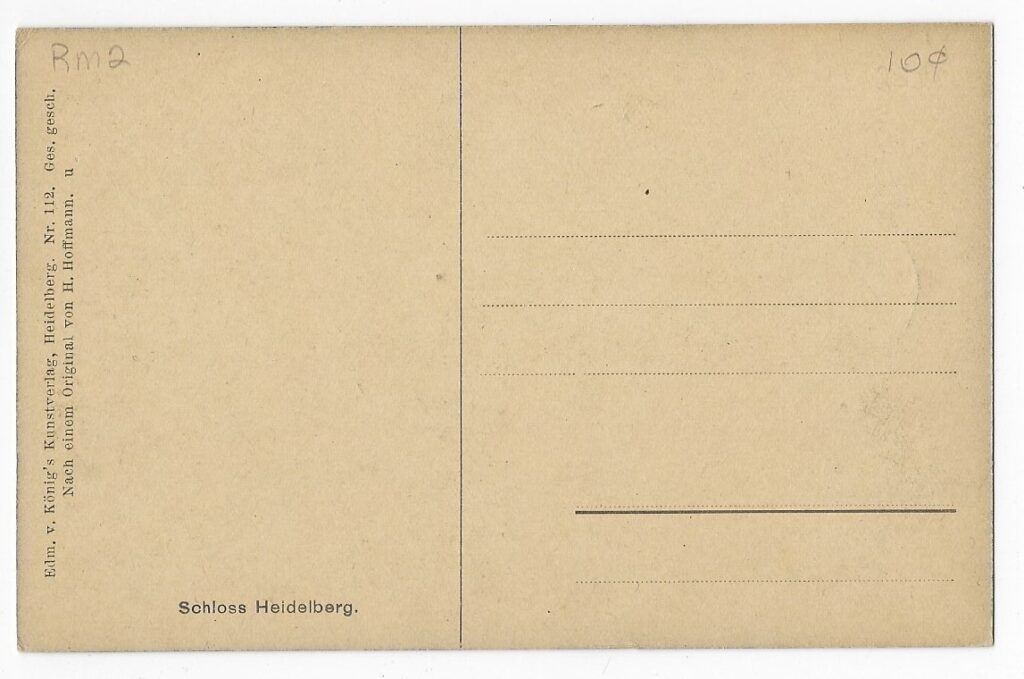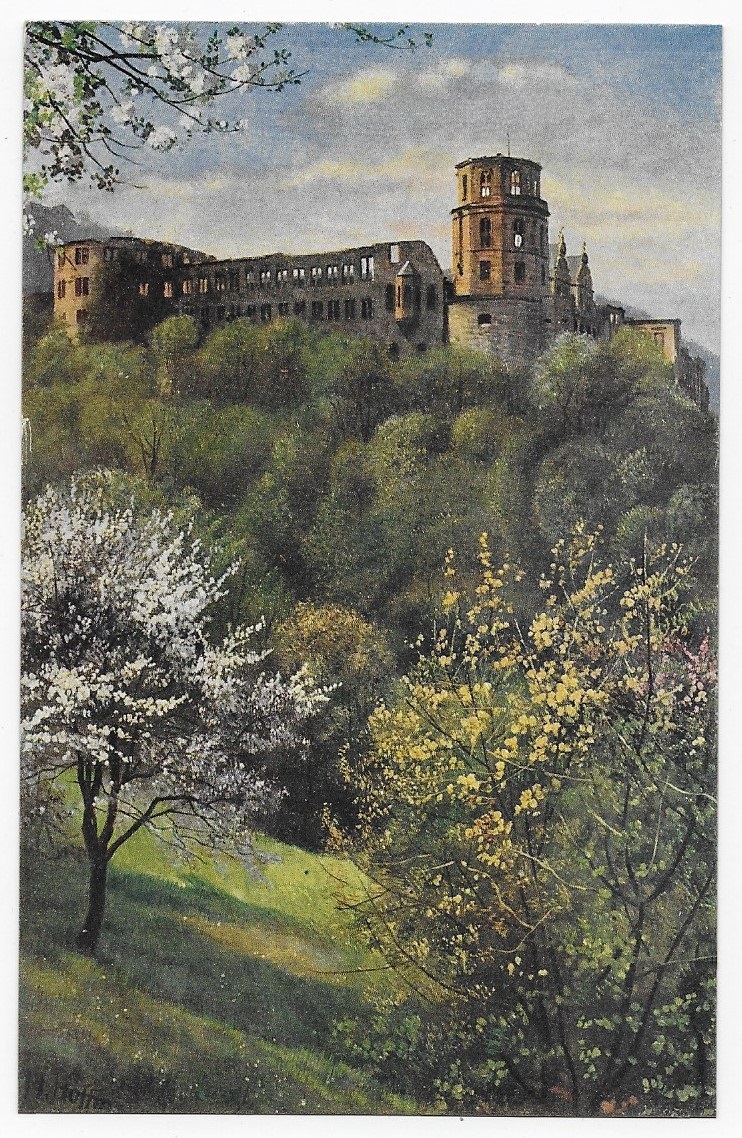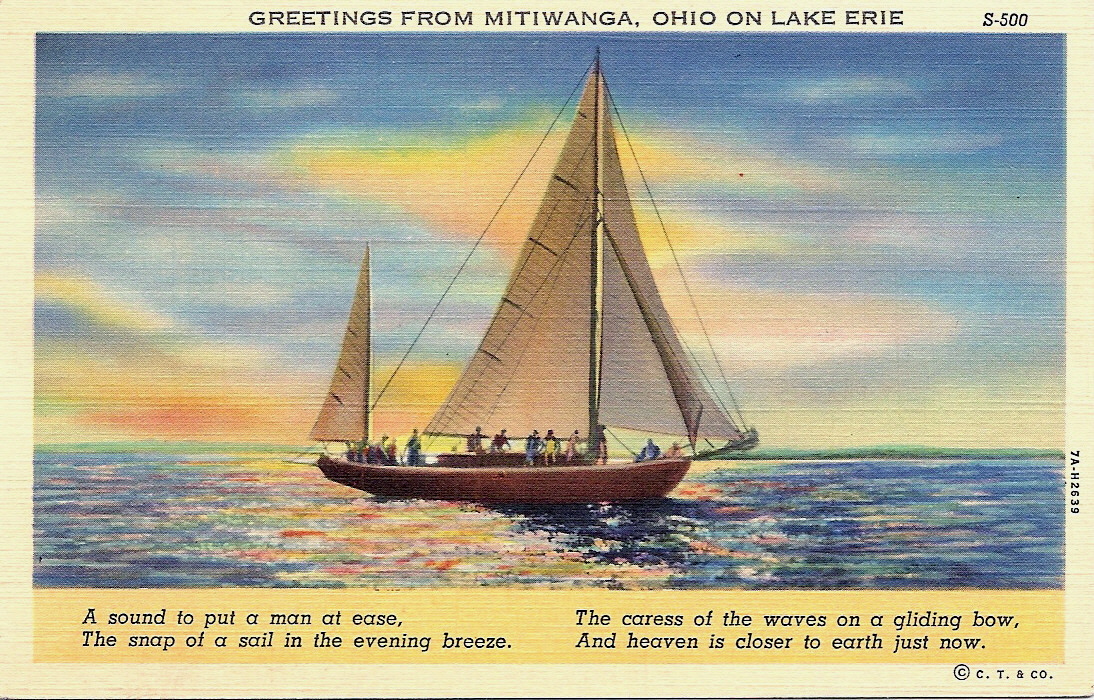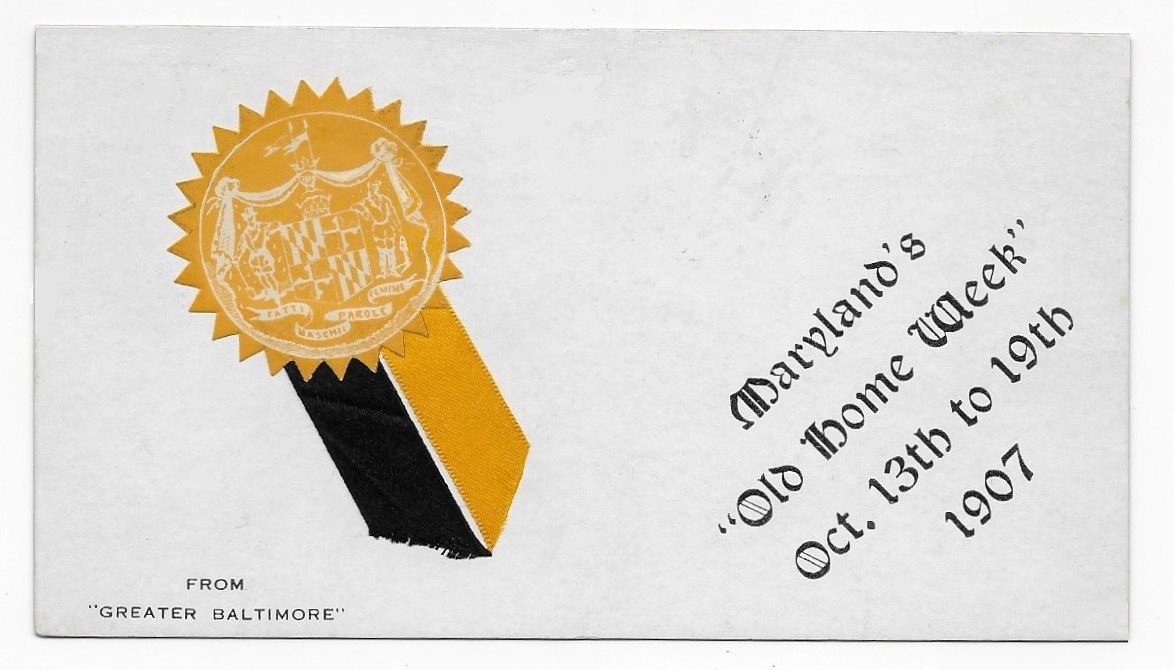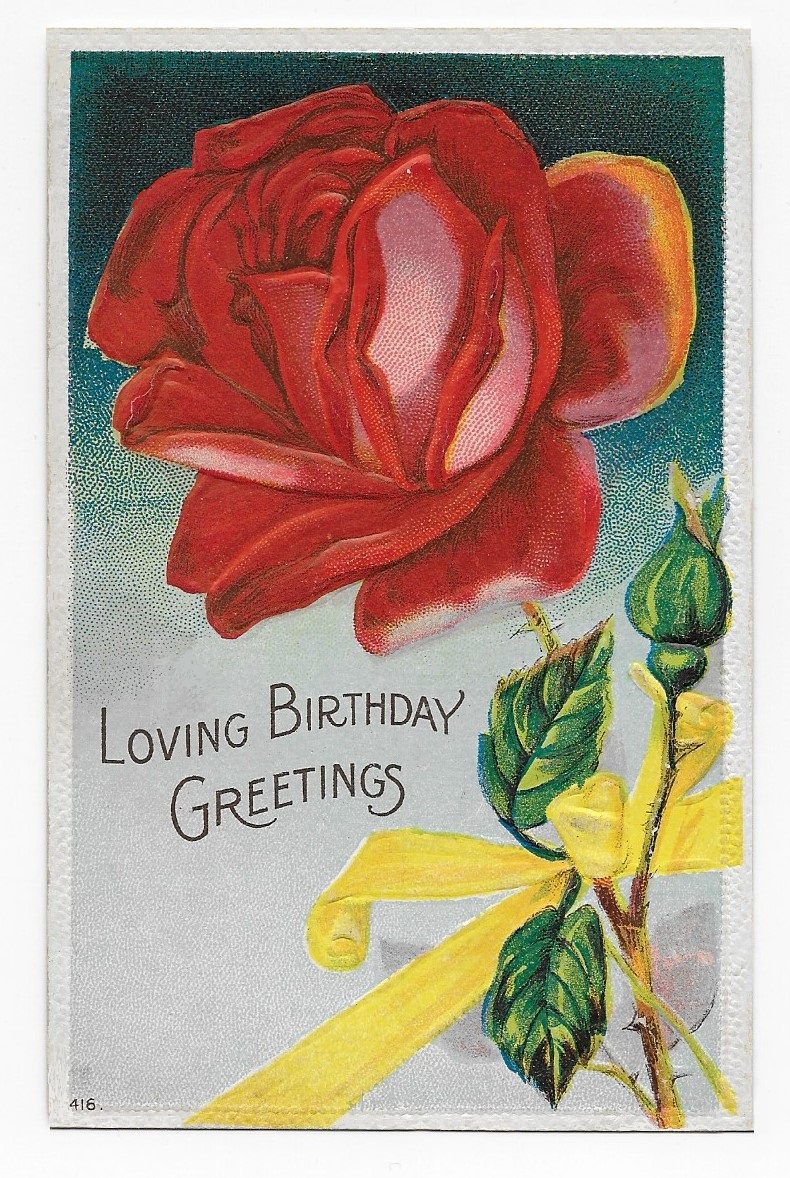I saw Heidelberg for the first time when I was in High School, and the ancient town nestled on the banks of the Necker River left a vivid impression.
The charming place, about 48 miles south of Frankfurt, lies on the eastern edge of the Upper Rhine Plain, and the mountain valley has a climate that is warmer than much of Germany.
https://en.wikipedia.org/wiki/Heidelberg
In 1907, the jaw bone of “Heidelberg Man” was shown to be at least 200,000 years old -among the oldest signs of humanoid life in Europe.
Ruins of habitation and of shrines have been found from the fifth century BCE.
Successive Roman emperors constructed forts nearby from the first to fourth centuries A.D., but Heidelberg did not become a center of trade and commerce until the Middle Ages.
Its famed University, the first in Germany, was founded in 1386.
https://en.wikipedia.org/wiki/Heidelberg_University
Schloss Heidelberg, now mostly in picturesque ruins, was once two castles – an upper and a lower castle.
The upper castle was first named in documents of 1214 when it was given to Louis 1st, Duke of Bavaria, from the Emperor Friedrich II.
This structure was destroyed in 1537.
The lower castle was founded sometime between 1294 and 1303.
An account of the lower castle’s history is too lengthy for a postcard story.
When I first visited many decades ago, the guide mentioned only the destruction by the French in the Napoleonic Wars, but the castle had suffered destruction in earlier wars, had been ravaged by fire more than once, and had been neglected and pillaged for local building materials for long periods before Napoleon.
Some portions of the structure were rebuilt at different times in past years, but a full restoration of the site has never been contemplated.
https://en.wikipedia.org/wiki/Heidelberg_Castle
The lovely town and the decaying castle became popular subjects of artists in the Romantic Era.
The English painter, J. M. W. Turner, visited Heidelberg several times, and his views of Heidelberg Castle (with some artistic license) made Heidelberg a focus of Romantic idealization.
Victor Hugo was inspired by his visits to Heidelberg to leave one of the finest accounts of the history and the appeal of the city.
Mark Twain, likewise, left a sardonic tribute to the partially-destroyed castle as an “ideal ruin” – it is in a high place, surrounded by lush vegetation, one tower is cleaved in two, etc.
The face of the postcard is a very fine print of a painting by H. Hofmann, who is Heinrich Hofmann (1824-1911).
https://en.wikipedia.org/wiki/Heinrich_Hofmann_(painter)
(Two years ago, we saw another postcard story related to one of Hofmann’s religious paintings, “Widow’s Son Recalled to Life”.)
The postcard was printed by Ernst v. Konig’s Kuntsverlag in Heidelberg, circa 1910.
I assume that the postcard was collected by one of the many tourists to visit Heidelberg or by a lover of Romantic Art. The postcard was preserved in very fine condition for more than a century.
